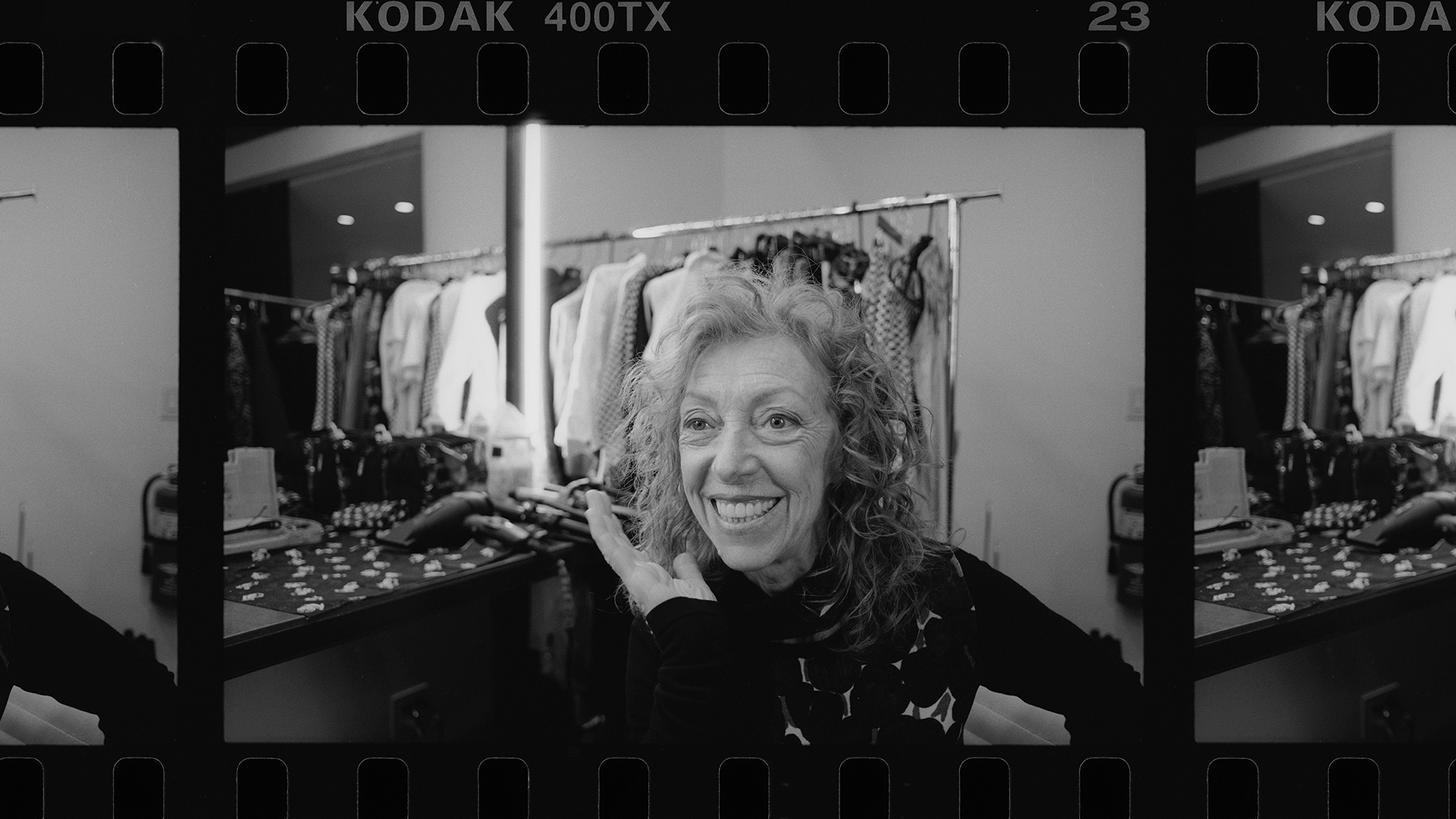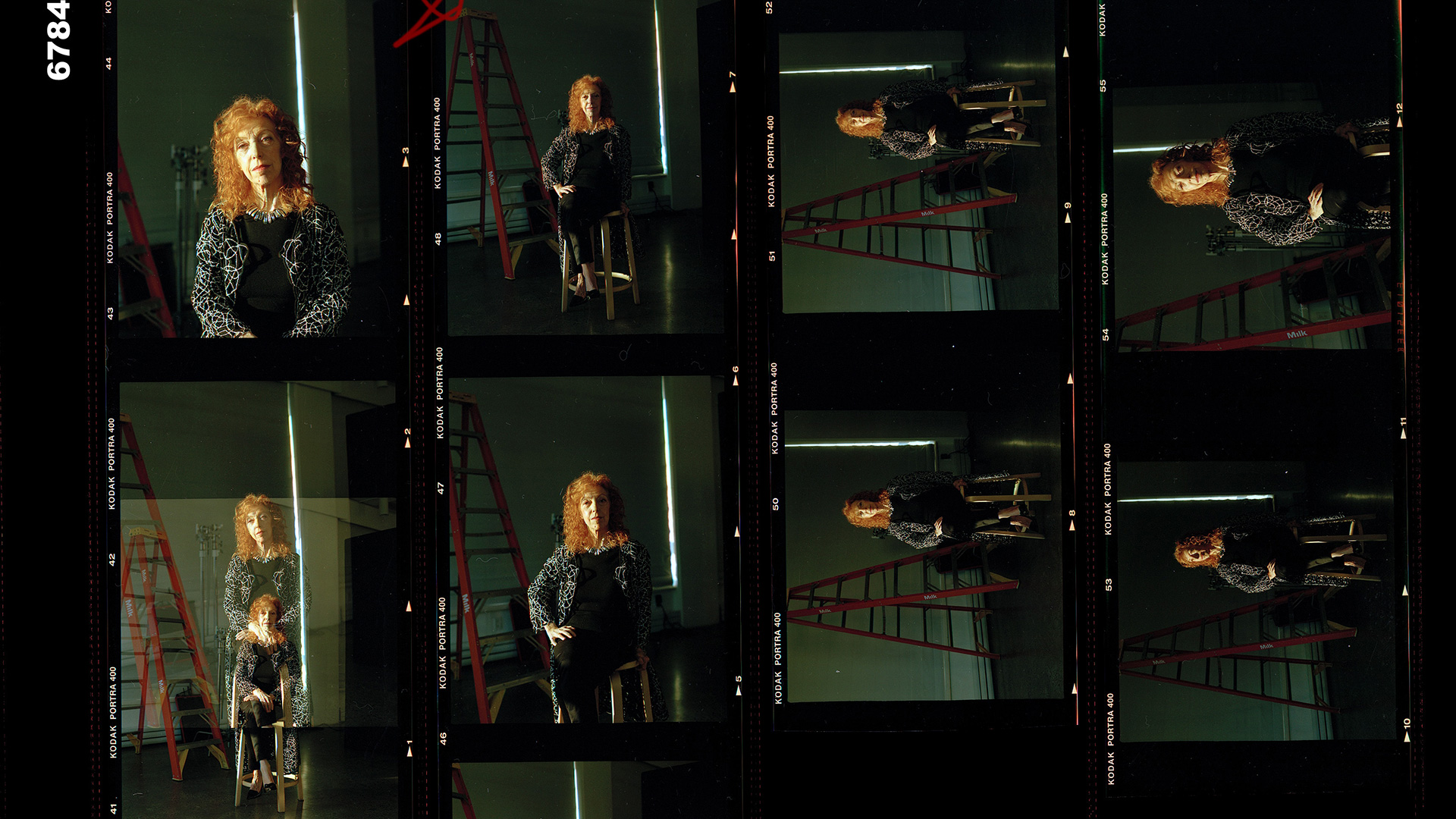A common misconception of the fashion industry is that designers create the looks we see on the runway. That is only part of the story. A designer is supported by a team of drapers, patternmakers, cutters, fitters and interns. Although the job has many rewards, you won’t find much glamour when working 10 to 14 hour days and weekends leading up to the main event.

To become a draper or patternmaker, an understanding of fabric, shapes and use of color is critical. You must translate a design and create the movement and flow of the garment. Many designers have trouble imagining how a garment would look and move on a human form. The designer may be a visionary, but the draper is the architect.

A draper translates the shape and the movement expected from the garment. Approximately 80 to 100 garments are crafted from sketches, but only about 50 are sewn. A smaller percentage of those make it to the runway. Speaking the language of the designer is crucial. If a designer says a garment needs more flow or ruffles need poof, you must be able to know what that means and how to achieve it.

If you’re thinking of a career in fashion, you might not choose draping, but talented drapers and patternmakers are in high demand. Although there is a decline in draping and patternmaking courses, many drapers still learn their craft in a classroom. Others develop their skills in a workroom. Couture fashion houses may require new graduates to start at the very bottom by picking up pins or organizing the showroom. It may take years before they start working on designs and sketches or even a top level showcase such as Fashion Week. Nothing you learnin a classroom compares to real world experience.